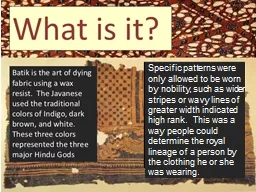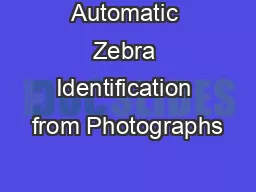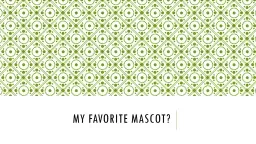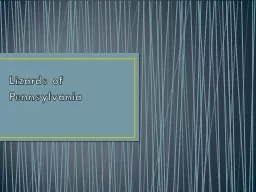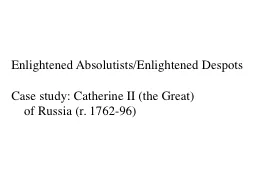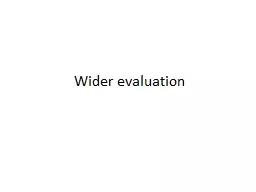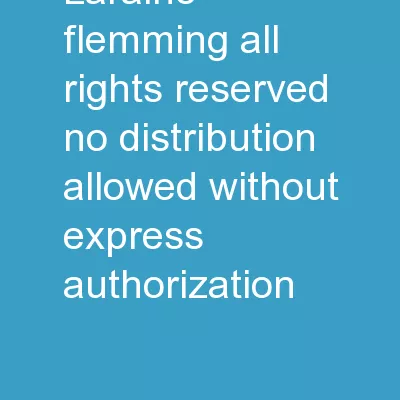PPT-Specific patterns were only allowed to be worn by nobility, such as wider stripes or wavy
Author : alexa-scheidler | Published Date : 2018-10-25
Where is Batik found Batik or fabrics with the traditional batik patterns are found in Indonesia Malaysia Japan China India Sri Lanka Egypt Nigeria and Singapore
Presentation Embed Code
Download Presentation
Download Presentation The PPT/PDF document "Specific patterns were only allowed to b..." is the property of its rightful owner. Permission is granted to download and print the materials on this website for personal, non-commercial use only, and to display it on your personal computer provided you do not modify the materials and that you retain all copyright notices contained in the materials. By downloading content from our website, you accept the terms of this agreement.
Specific patterns were only allowed to be worn by nobility, such as wider stripes or wavy: Transcript
Download Rules Of Document
"Specific patterns were only allowed to be worn by nobility, such as wider stripes or wavy"The content belongs to its owner. You may download and print it for personal use, without modification, and keep all copyright notices. By downloading, you agree to these terms.
Related Documents

